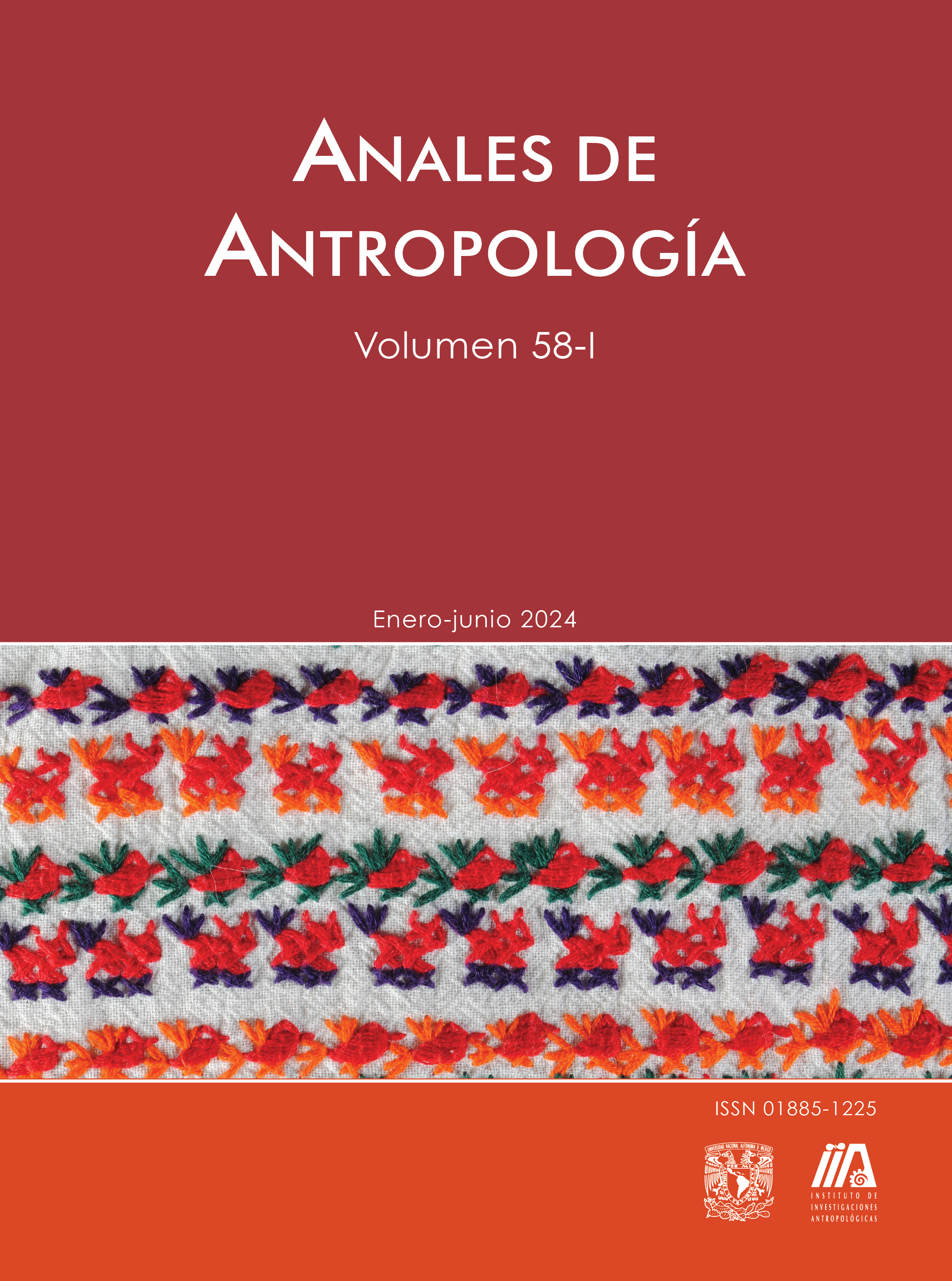Evolución de las prácticas del cuidado
Contenido principal del artículo
Resumen
Las prácticas del cuidado hacia el otro han evolucionado conjuntamente con la propia evolución biológica de nuestra especie. El objetivo de esta investigación es discutir si estas acciones se relacionan a una condición innata, si son incorporadas culturalmente mediante el aprendizaje o una conjunción de ambas, y cómo estas acciones son conceptualizadas e internalizadas actualmente en nuestra sociedad. Para ello se efectuó por un lado, un recorrido bibliográfico de investigaciones etnográficas y paleoantropológicas y, por el otro, un estudio sobre la percepción humana y los motivos que impulsan la existencia de estas prácticas en comunidades actuales, prácticas que, en los casos de discapacidad, se han sostenido en el tiempo. Si bien los resultados corresponden a una pequeña muestra del universo posible y no resuelven la dicotomía naturaleza-cultura de nuestra pregunta, este trabajo puede ser un disparador para generar una serie de debates interdisciplinarios e invita a investigar sobre el proceso evolutivo de la conducta de cuidado en la humanidad.
Descargas
Detalles del artículo
Citas en Dimensions Service
Citas
Adell, J. (2006). Internet en el aula: las WebQuest. Edutec. Revista Electrónica De Tecnología Educativa, (17): a036.
Corral, A. M. H. (2013). Huellas en la oscuridad: el estudio de los individuos infantiles en los espacios domésticos de la Prehistoria. J. Aldea, C. López, P. Ortega, M. de los Reyes, F. Vicente (coords.), Los lugares de la historia (pp. 1019-1030). Salamanca: Asociación de Jóvenes Historiadores.
Derrida, J. (2008). El animal que luego estoy si(gui)endo. Madrid: Trotta.
Domjan, M. y B. Burkhard (1994). Principios de aprendizaje y conducta. Madrid: Debate.
Guerrero Muñoz, J. (2010). La discapacidad intelectual en el contexto de la investigación etnográfica: rutas y enclaves. Gazeta de Antropología, 26 (2): artículo 37.
Gracia, A., J. L. Arsuaga, I. Martínez, C. Lorenzo, J. M. Carretero, J. M. B. de Castro y E. Carbonell (2009). Craniosynostosis in the Middle Pleistocene Human Cranium 14 from the Sima de Los Huesos, Atapuerca, Spain. Proceedings of the National Academy of Sciences of the United States of America, 106 (16): 6573-6578.
Harris, M. (1980). Antropología cultural. Nueva York: Harper & Row Publishers.
Hodder, I. (2012). Entangled: An Archaeology of the Relationships between Humans and Things. Nueva Jersey: John Wiley & Sons.
Levi-Strauss, C. (1976). Polémica sobre el origen y la universalidad de la familia. Barcelona: Anagrama.
Hrdy, S. B. (2009). Mothers and others: The evolutionary origins of mutual understanding. Cambridge: Universidad de Harvard.
Hublin, J. (2009). The Prehistory of Compassion. Proceedings of the National Academy of Sciences, 106 (16): 6429-6430.
Malinowski, B. (1985 [1926]). Crimen y costumbre en la sociedad salvaje. Barcelona: Planeta-De Agostini.
Mead, M. (1993) [1939]. Adolescencia, sexo y cultura en Samoa. Barcelona: Planeta Agostini.
Olaria Puyoles, C. R. (2003). La muerte como rito transcendental: los rituales funerarios del epipaleolítico-mesolítico y su probable influencia en el mundo megalítico. Quaderns de prehistòria i arqueologia de Castelló, 23: 85-106.
Oxenham, M. F., L. Tilley, H. Matsumura, L. C. Nguyen, K. T. Nguyen, K. D. Nguyen y D. Huffer (2009). Paralysis and severe disability requiring intensive care in Neolithic Asia. Anthropological Science, 117 (2): 107-112.
Pelissier, C. (1991). The anthrolopogy of teaching and learning. Annual Review of Anthropology, 20: 75-95.
Spitz, R. (1991). El primer año de vida del niño. México: Fondo de Cultura Económica.
Talancón Mondragón, B. E. (2015). Estudio analítico y etnográfico sobre el ritual nupcial Purépecha contemporáneo en la comunidad de Angahuan, Michoacán. Tesis. México: Universidad Autónoma de la Ciudad de México, Colegio Ciencias Sociales y Humanidades.
Torralba, F. (2005). Esencia del cuidar. Siete tesis. Sal Terrae, 93 (1095): 885-894.
Trinkaus E. y S. Villotte (2017). External auditory exostoses and hearing loss in the Shanidar 1 Neandertal. PLoS ONE, 12 (10): e0186684.
Villagra Carron, R. (2014). Fair play, género y equidad en comunidades indígenas. Maike makha valayo No habían paraguayos. Reflexiones etnográficas en torno a los angaité del Chaco. (pp. 13-21). Asunción: Tierraviva a los Pueblos Indígenas del Chalco, Centro de Estudios Antropológicos de la Universidad Católica “Nuestra Señora de la Asunción”.
Zapata, S. J. (2006). La condición política en Hannah Arendt. Papel político, 11 (2): 505-524.

Esta obra está bajo una licencia internacional Creative Commons Reconocimiento-NoComercial-SinObraDerivada 3.0.
Esta revista usa una licencia CC del tipo CC BY-NC-ND 3.0. Se maneja bajo el esquema de acceso abierto, con una licencia Creative Commons Attribution-NonCommercial-NoDerivs 3.0 Unported.

